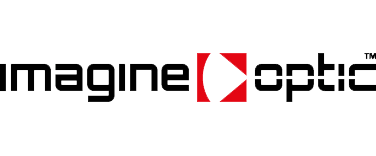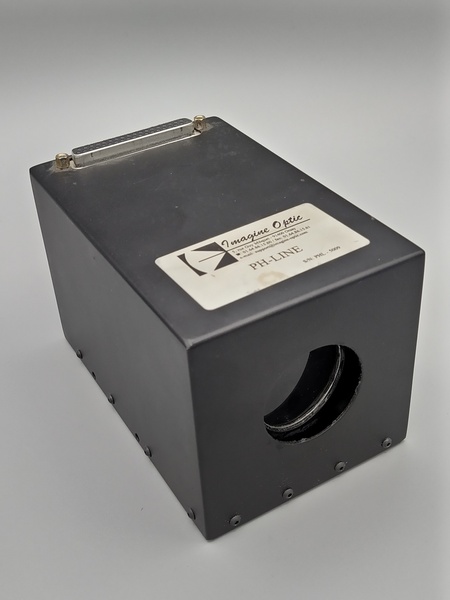A brief history of Imagine Optic – Episode 1
Founded in December 1996 by the pair Bucourt-Levecq, Imagine Optic was a pioneer in developing and manufacturing optical metrology instruments and systems based on the Shack-Hartmann wavefront measurement methods. This series of articles looks back at the evolution of instruments and software designed and delivered by Imagine Optic since its creation. Today, we focus on the oldest ancestor of our HASO wavefront sensors ; the PH-Line.
Imagine Optic’s first product a probe with the ability to measure the curvature of a wavefront. This system, named “PH-Line”, was equipped with a source directed towards the surface to be analyzed and a lens used to collimate the beam on an optical detection head. The latter consisted of a linear CCD chip, a much cheaper at the time compared to square or rectangular ones, combined with a line of microlenses. The linear CCD chip was 26 mm long and had 2048 pixels, while the microlens line was composed of a hundred cylindrical lenses.
The resulting measurement was a waveline that gave information on tilts, curvatures and spherical aberrations thanks to the Shack-Hartmann technology. This PH-Line profilometer was integrated into a 3D platform and delivered to the “Laboratoire Central des Ponts et Chaussées” (Central Laboratory for Roads and Bridges) in order to measure the deformation of bitumen due to rolling, and to INRA (National Institute for Agricultural Research) to measure clods of dirt during hydraulic erosion tests.
Some drawbacks of the system were quickly identified, namely the instrument’s inability to measure aberrations other than curvature since it was only able to measure wavelines (as opposed to complete wavefronts). Moreover, this product was in direct competition with deflectometry probes which is why the company decided to develop a system based on the detection head of the PH-Line: the H-Line.
To be continued…

